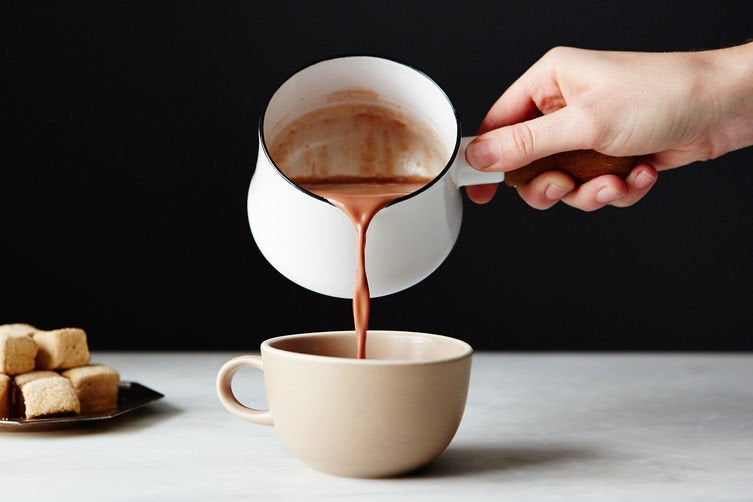As the nights get longer, temperatures dip low and snow accumulates, we tend to feel like hibernating. Whether that means gathering at the homes of family and friends to celebrate the holidays or curling up with a good book, it often involves cozying up with a mug of something warm and satiating between your palms.
However, Americans seem to be stuck in a rut. According to a recent study, we consume far more coffee than any other type of hot beverage, such as tea or cocoa. We also stick to cold beverages like water, soda and fruit juice, even in winter. There’s nothing wrong with doing this ― staying hydrated is certainly beneficial — but don’t you ever wonder if you’re missing out on a delectable new way to enjoy hygge?
We consulted chefs, cookbook authors and food bloggers from around the globe to find out what they drink to stay warm, including tips on how to make these beverages and where to find the ingredients.
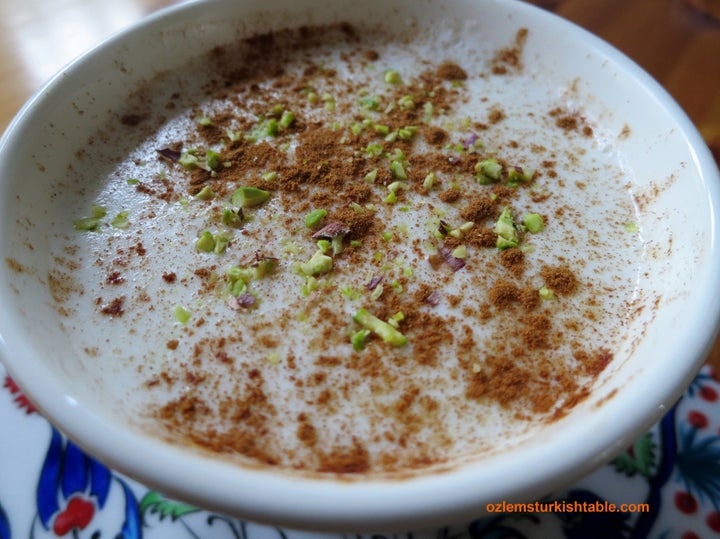
Sahlep: Turkey, Greece, Middle East
Sahlep dates back to the Ottoman Empire, and its main ingredient is a powder made from wild orchid bulbs. The powder is combined with hot milk, creating a creamy concoction that’s slightly sweet and vaguely floral in flavor.
The drink is often enjoyed in Turkey, Greece and parts of the Middle East as a nutritious pick-me-up with breakfast or an afternoon snack — especially during the colder months. Özlem Warren, author of Özlem’s Turkish Table: Recipes from My Homeland, provides easy directions on her blog for whipping up a batch of sahlep at home. She fondly remembers how people commuting by ferry across the Bosporus in Istanbul would enjoy “glasses of sahlep ... with a great big splodge of cinnamon on top. In the one hand, you have sahlep, and in the other, simet, the sesame-coated bread ring.”
YouTube vlogger Tülin Çakır Akgündoğdu told HuffPost that sahlep is “a drink you truly have to try before you die.” She said some believe the drink may have health benefits, such as sharpening the mind, strengthening the heart, relieving constipation and subduing coughs. “It warms both your hands and your body,” Akgündoğdu wrote. “I love its aromatic scent spreading inside the home while cooking it.” Sahlep powder can be purchased online.
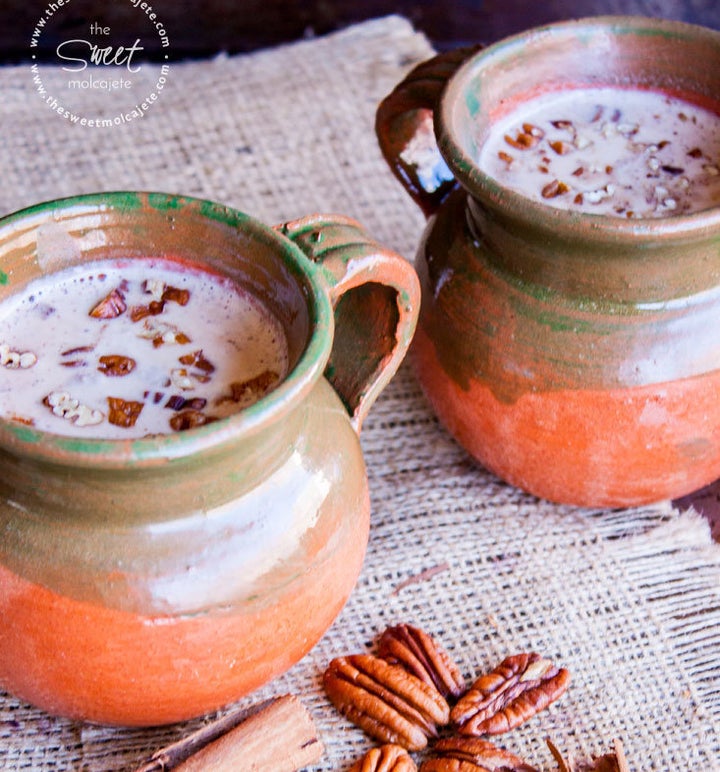
Atole: Mexico
“Atole comes from the Nahuatl word ‘atolli,’ and you know when a word comes from the language of the Aztecs, it’s because it’s been around for a long time,” Michelle Chavez, creator of food blog The Sweet Molcajete, told HuffPost. Atole was made by blending ground corn with water in ancient times, but most people now make it with hot milk.
Atole is typically sold by street vendors in cities across Mexico, but you can easily make it at home. Packets of atole powder, available online or in Latin grocery stores, come in many flavors, including strawberry, guava, tamarind, coconut, pineapple, peanut butter, pumpkin and vanilla. The drink can also be made with chocolate and cinnamon (called champurrado), black beans or nuts, like this recipe from Chavez for walnut atole.
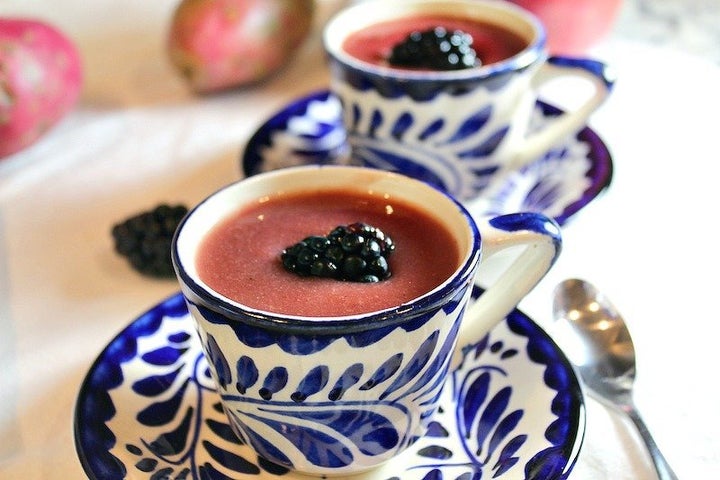
Atole is offered to guests on Christmas in Mexico, while champurrado is traditionally enjoyed with bread on January 6 to celebrate Epiphany, according to Mely Martinez, creator of food blog Mexico in My Kitchen. She told HuffPost she remembers learning how to make black bean atole from her grandmother to serve alongside tamales as an offering to their deceased relatives on Día de los Muertos, or Day of the Dead. But atole isn’t just for special occasions; you can enjoy it any time. Martinez has several recipes for making it from scratch on her blog, including a luscious blackberry atole.
Caffe d’Orzo: Italy
Orzo bimbo, also known as caffe d’orzo, is an earthy, slightly bitter caffeine-free substitute for coffee made from ground roasted barley.
“My mother was born in Italy, so anybody that’s born there grows up with it,” Christina Conte, creator of food blog Christina’s Cucina, told HuffPost. Like many Italians, she was fed toast soaked in orzo with milk and sugar as a baby. “As you get older, you have a cup of it with a piece of toast,” she explained. “It’s kind of the same thing ― a comfort food to remember the flavor from when you’re a child.” While Conte prefers her orzo made with milk and sugar, she said her mother enjoys it “the more adult way,” made with water and less sugar. You can purchase orzo powder online or look for it in specialty food markets.
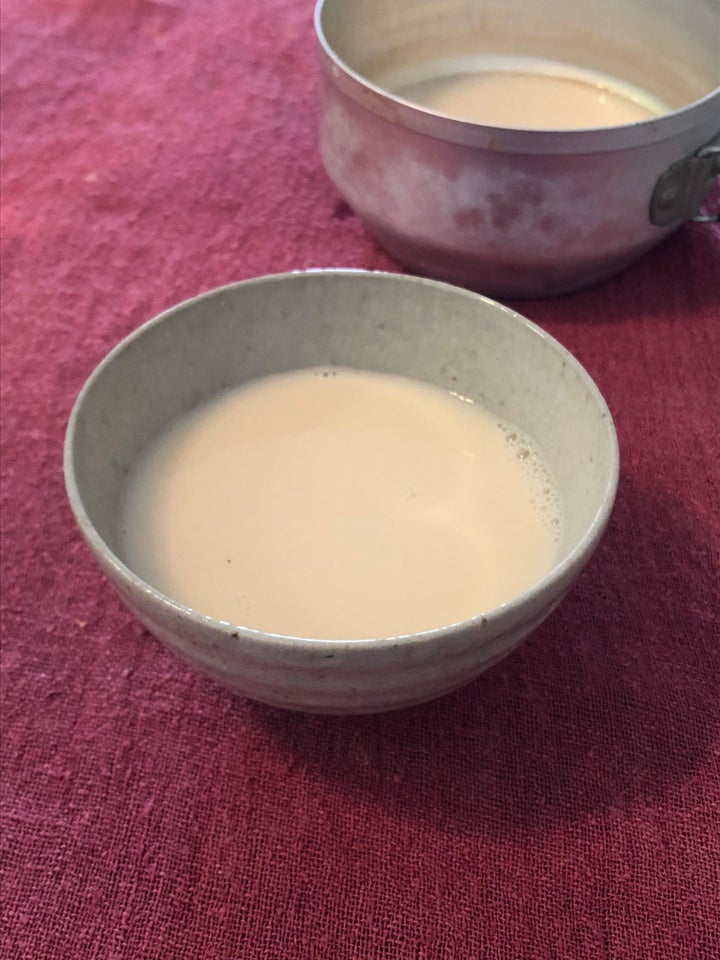
Warm Soy Milk: Korea, Japan, China and Taiwan
While it’s become increasingly popular to drink soy milk in the U.S. over the past decade, Asian countries remain its biggest consumers. In some parts of Korea, Japan, China and Taiwan, sweetened warm soy milk, like the version seen above from blogger Shino Saito, is enjoyed for breakfast. Tempted to give this a try? While you could buy it pre-packaged and heat it up, it’s worth making your own soy milk from scratch instead. All you need is filtered water, high-quality dried soybeans, a blender and some cheesecloth.
Malted Milk: Britain, India and Southeast Asia
While you may be familiar with malted milk as an ingredient in milkshakes and candy, you may not have had the opportunity to savor it as a hot beverage. Best combined with hot milk, the flavor is difficult to pin down ― think earthy, rich, pleasantly sweet and uniquely satisfying.
Malted milk is essentially a mixture of powdered malted barley, wheat, milk solids and sugar. Horlicks, the first malted milk beverage ever to be patented, was invented in the 1870s and became a mainstay in British households. From there, its popularity spread to India and Southeast Asia. Similar products, such as Carnation, Ovaltine and Milo, have become popular in other parts of the world, including the U.S., Malaysia and Australia. While you’re likely to find at least one brand of malted milk at your local supermarket, you can also purchase it online.
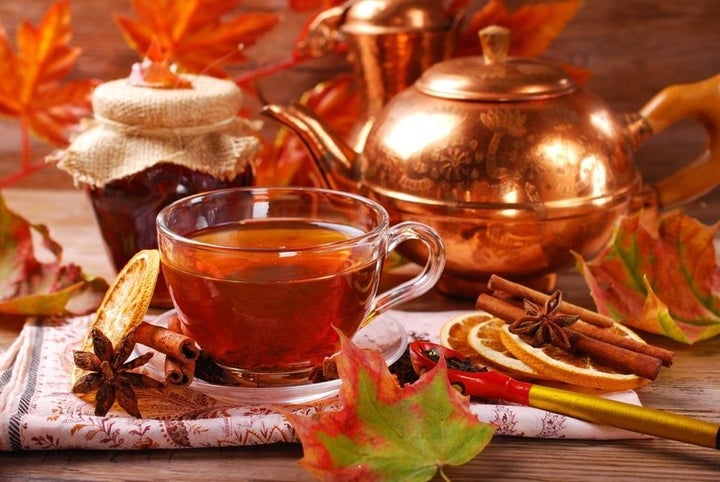
Sbiten: Russia
Sbiten, made with a mixture of water, honey and warming spices, is a welcome alternative to the grain-and-milk-based beverages on this list. Its history can be traced back to the 12th century, and while recipes vary — some call for the addition of jam or fruit — it remains a popular drink in Russia.
To make it, simply bring some water to a boil, add honey to taste and include any combination of lemon zest, orange zest, fruit jam, cinnamon sticks, whole cloves, cardamom pods, nutmeg, fresh ginger and mint leaves. Let the mixture steep for at least 15 minutes, strain out the solids, pour it into cups and enjoy.
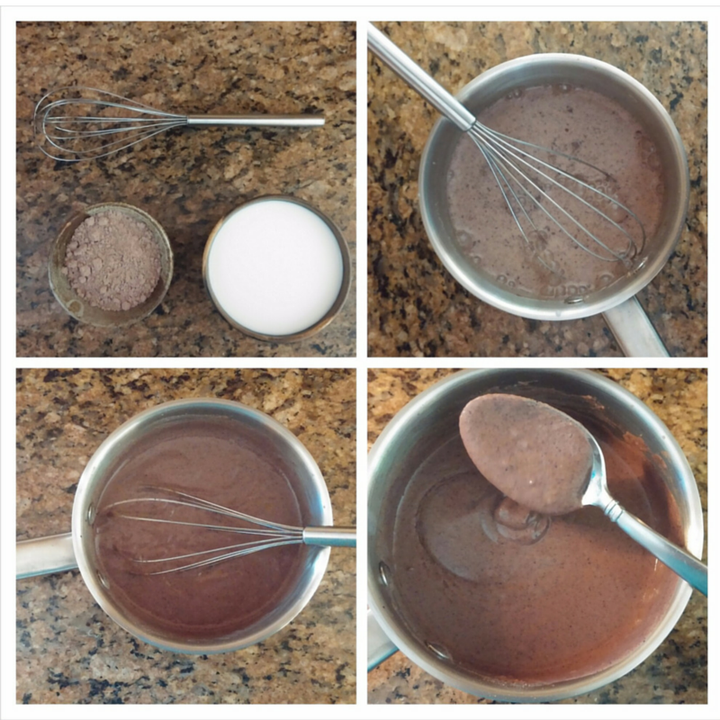
Pinol: Ecuador, Nicaragua, Honduras and Mexico
Similar to atole, pinol, also known as pinolillo, is said to have originated with the Aztecs and is made with ground corn. However, pinol powder also typically includes cocoa, cinnamon, vanilla and chia seeds, and is sweetened with sugar or agave. It can be enjoyed either warm or cold, and may also be made into a soup or breakfast bowl. Pinol remains extremely popular in Ecuador, Nicaragua, Honduras and Mexico.
